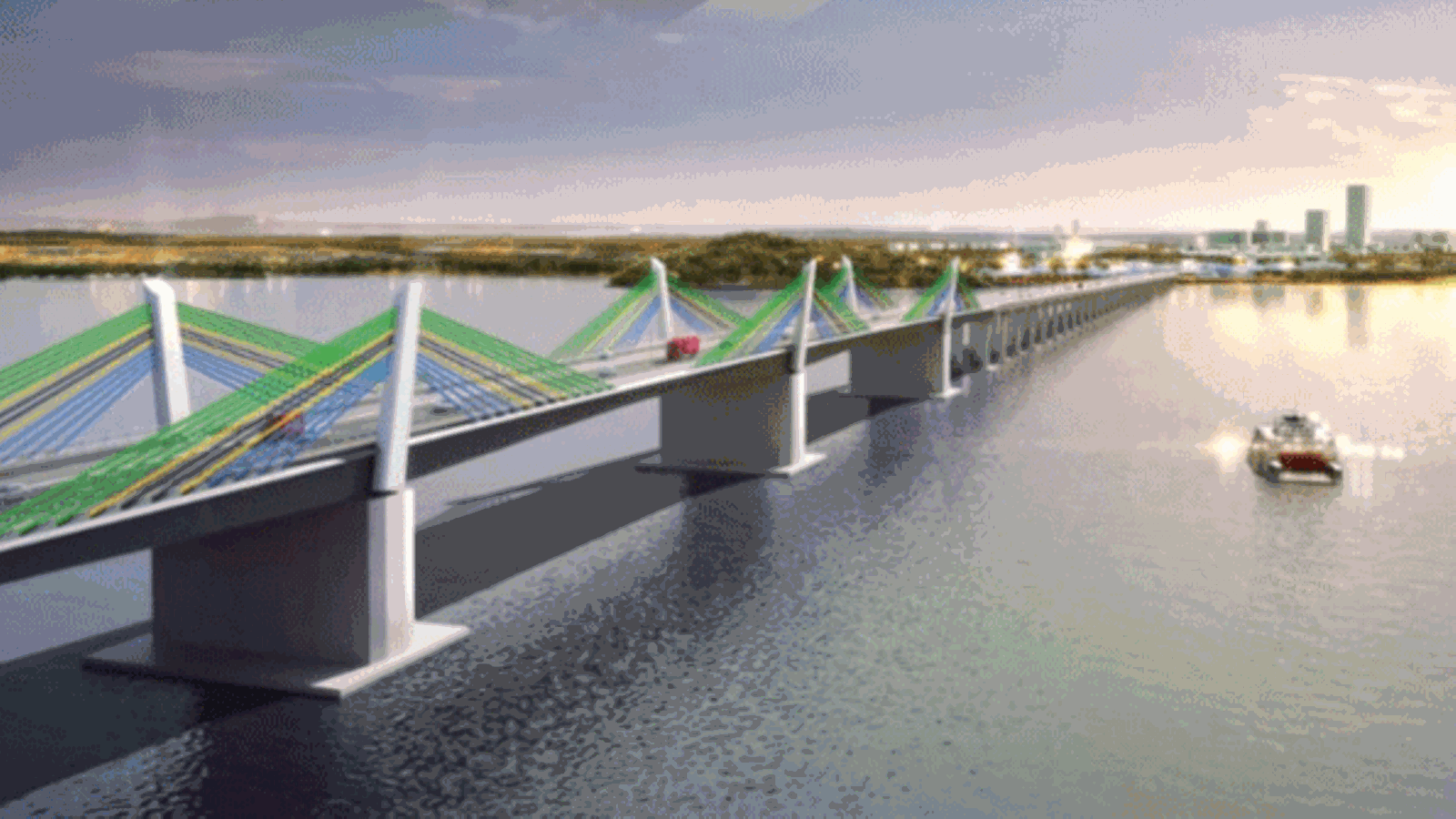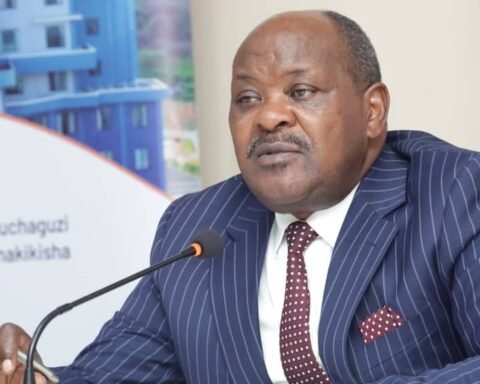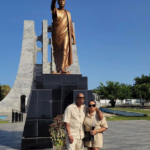The Tanzanian government has launched a major land planning operation worth TSh 1 billion (approximately USD 385,000) to modernize and regulate land use near the newly inaugurated John Pombe Magufuli Bridge,
a record-setting infrastructure project connecting the regions of Kigongo and Busisi across Lake Victoria.
The land-use exercise is expected to run for three months, beginning immediately, and will focus on urban structuring, infrastructure layout, and zoning regulations, according to Wilson Luge, the Mwanza Regional Assistant Commissioner for Land. His remarks were made earlier this week during an official review of the Land Department’s achievements in the 2024/25 financial year.
The initiative targets both ends of the Kigongo–Busisi corridor, a rapidly changing landscape following the completion of East Africa’s longest bridge. The Kigongo–Busisi Bridge, named after the late President John Pombe Magufuli, spans 3.2 kilometers and was inaugurated in June 2025 as a national centerpiece for connectivity and growth.
Before the bridge, passengers relied on a slow and often unreliable ferry system to cross Lake Victoria—a journey that could take hours. Today, with the bridge fully operational, the crossing takes less than five minutes, easing travel along the crucial T4 trunk road, which links northwestern Tanzania to the Uganda border and regional trade routes.
The land planning project will be implemented in phases, starting with surveying, plot demarcation, infrastructure mapping, and formal registration of property rights. Officials aim to prevent informal settlements and prepare the area for urban expansion, while ensuring existing communities benefit from well-organized public services such as roads, electricity, water systems, and drainage.
Also Read; Trump to Host African Presidents for Economic Dialogue
“This is about creating a smart environment that reflects the quality and importance of the bridge,” said Luge. “It’s not just about land. It’s about giving dignity to the communities who live here and setting the stage for structured development.”
The upgrade is part of Tanzania’s broader National Development Vision 2025 and aligns closely with the Five-Year Development Plan 2021–2026, which emphasizes sustainable urbanization, rural transformation, and infrastructure-led economic growth.
Local response has been largely positive. “This area has changed since the bridge opened. We see more cars, more visitors, and more business,” said Hamisi Mwita, a motorbike rider in Kigongo. “Now if they bring us proper roads, lights, and land security, this place will grow even faster.”
Experts note that infrastructure alone is not enough. Without effective land governance, even the most impressive projects can trigger urban sprawl, conflicts, and environmental pressure. By investing in land planning early, the government hopes to attract investors, foster tourism, and enable affordable housing, while also protecting the environment around Lake Victoria, Africa’s largest freshwater lake.
The Mwanza Region, already a hub for trade, fishing, and port activities, is expected to see accelerated development in the wake of the bridge. With improved transport, land systems, and long-term vision, the Kigongo–Busisi corridor could soon become a model of modern, inclusive development in Tanzania and beyond.







